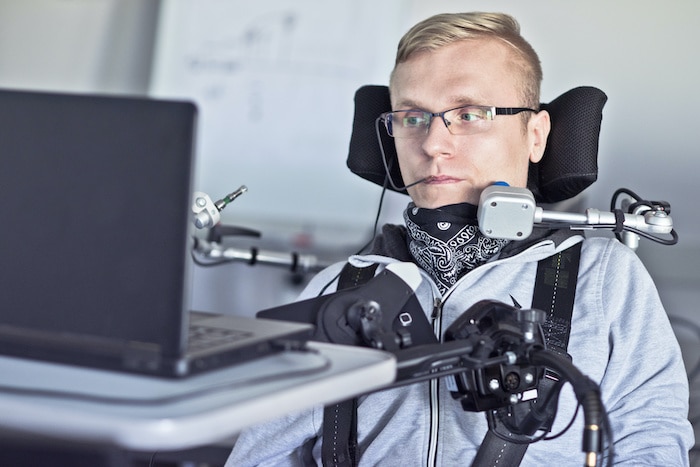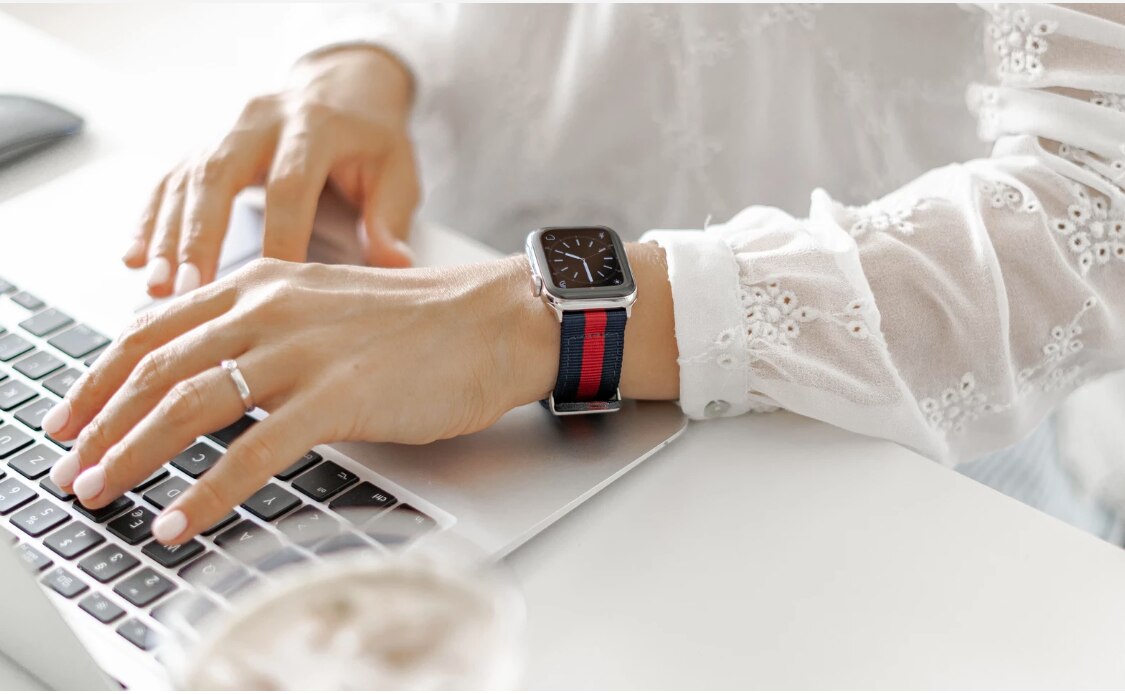Thirty years ago on July 26, 1990, members of Congress and President George H.W. Bush signed into law the Americans with Disabilities Act (ADA), which aimed to make workplaces more accessible. While the legislation led to tangible benefits such as sidewalk ramps, it also triggered a shift from adaptation to accessibility-first design.
Sidewalk ramps — or “curb cuts”— were widely adopted because they’re simple and allow everyone to enter sidewalks with ease. Plus, they reduced costs by making the accommodation part of the initial design instead of later retrofitting what needed changing.
As designers and developers of products for Intuit® customers, we can use such examples as proof that including people with disabilities and other complex situations in our work makes our products available to everyone, especially during a world health crisis.











